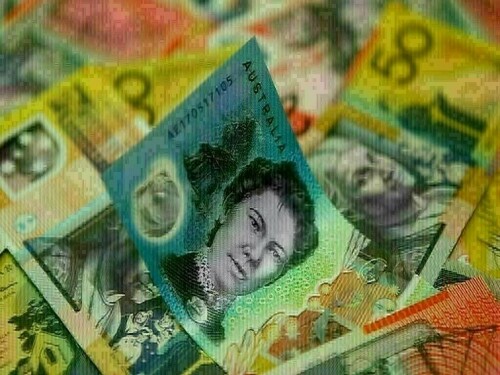Australian and New Zealand Dollars Under Pressure Amid Trade Talk Uncertainty
The Australian and New Zealand currencies faced headwinds on Monday as investors awaited further developments in US-China trade discussions. Domestically, an inflation report and an upcoming national election may provide direction for the Australian dollar this week.
Inflation Data and Rate Cut Expectations
Australia is scheduled to release its quarterly inflation figures on Wednesday, which could solidify the case for a rate reduction in May.
Economists anticipate a 0.8% rise in the Consumer Price Index (CPI) for the quarter, potentially lowering the annual rate to 2.3% from 2.4%.
The trimmed mean measure of core inflation is projected to increase by 0.7% for the quarter, with annual inflation decreasing to 2.9% from 3.2%. This would bring it back within the Reserve Bank of Australia’s (RBA) target range of 2-3% for the first time since late 2021.
Economist’s Perspective
Westpac’s chief economist, Luci Ellis, suggested that global uncertainties might prompt the RBA to lower rates in May, even if the inflation data proves somewhat disappointing.
“Currently, uncertainty has escalated considerably, altering the risk landscape. Despite expectations that the US administration may not implement tariffs at the originally announced rates, some negative impact has already occurred,” Ellis stated.
Market expectations, reflected in swaps, fully anticipate a 25-basis-point rate cut, with a total of five rate cuts predicted for the year.
Consequently, the Australian dollar has struggled to sustain its upward momentum, recently declining by 0.2% to $0.6382. It had previously risen for three consecutive weeks, reaching $0.6439, its highest level since early December. However, resistance is now observed around 64 cents.
Kiwi Dollar Also Weakens
The New Zealand dollar also experienced a decline of 0.2%, trading at $0.5950. Last week, it had gained 0.4%, reaching a five-month high of $0.6029. Resistance is noted near 60 cents.
Trade Talk Developments
While the U.S. President has indicated advancements in trade negotiations with China, there have been conflicting reports regarding active discussions.
Conversely, the U.S. administration has expressed openness to reducing tariffs, and China has provided exemptions for certain imports from its 125% tariffs.
Australian Election and Economic Outlook
The campaign for the Australian national election is nearing its conclusion, with the polling day set for May 3. Current polling data indicates that the Prime Minister is in the lead, with the government implementing additional cost-of-living relief measures for households.
The government’s significant election pledges prompted analysts to issue a warning that Australia’s AAA sovereign credit rating could be at risk. However, the country’s debt issuance remains relatively low compared to international peers.
Analysts noted that the budget is already trending towards moderate deficits as public spending reaches post-war highs, global trade tensions intensify, and economic expansion slows.
They emphasized that the method by which the elected government funds its campaign promises and increasing spending will be crucial for maintaining the credit rating.



Comments (0)
No comments yet. Be the first to comment!
Leave a Comment